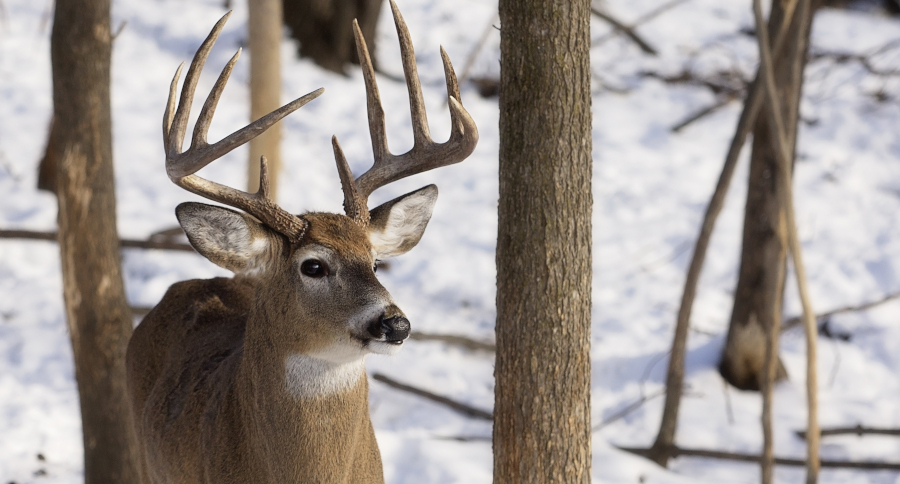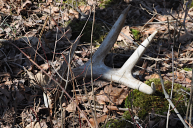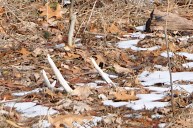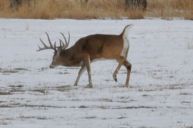Here's how to determine just how many deer are on your property.
With the rut and deer hunting seasons firmly behind us, now is a good time to take stock of the number of whitetails in your hunting area. Why? Well, because everyone's hunting area, even if it's a small property, could always use improvements.
Determining if you have too many or too few deer in your area can have a drastic impact on your chances at that big buck next season.
Here's how to assess the number of animals in your area and some deer management tips to help keep deer there all year-round.
Assessing the sign
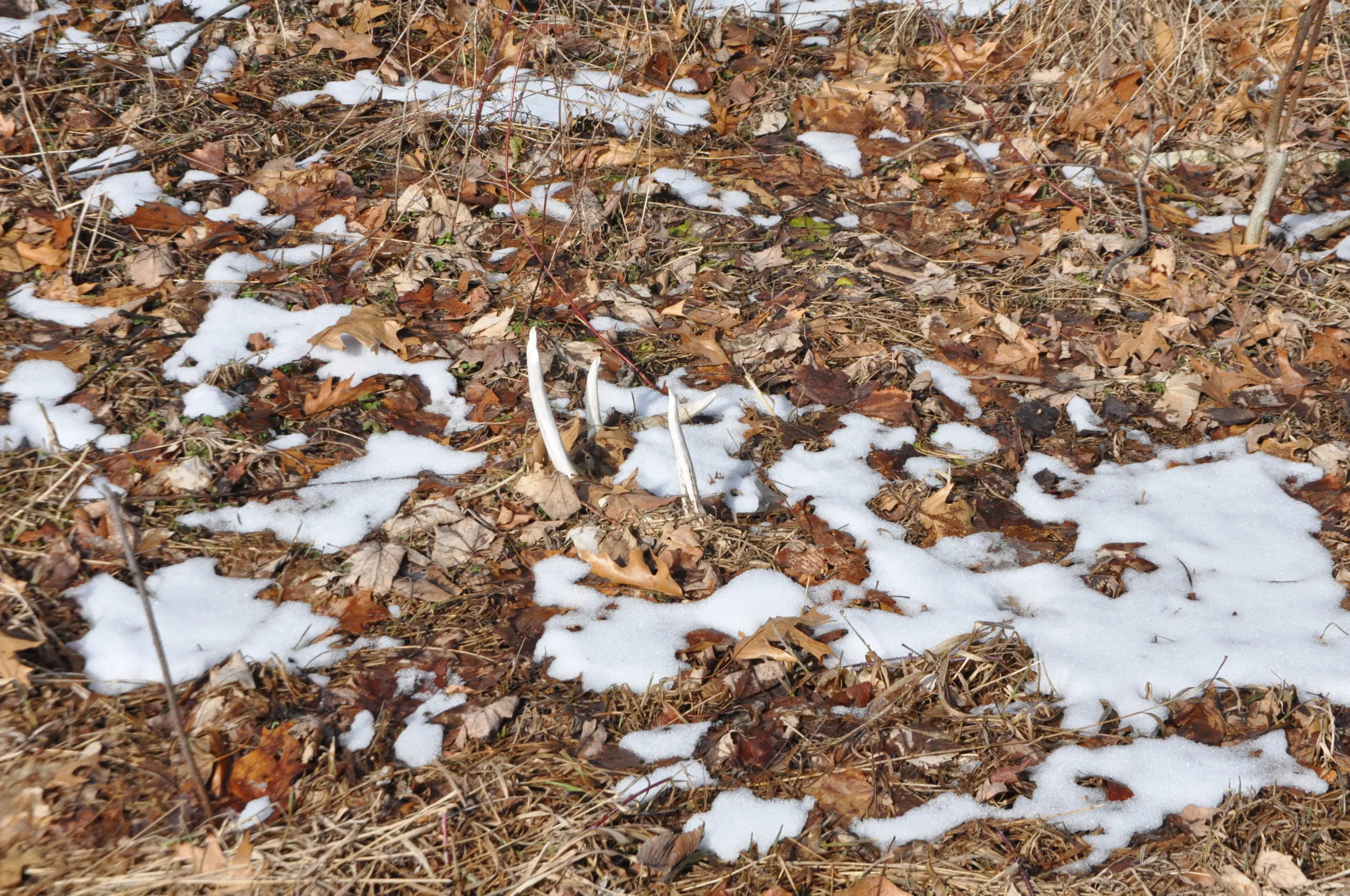
Travis Smola
The simplest and cheapest way to assess the herd on your hunting property is to get out and start walking. If you can do it after snow or a rain, even better because it will be easy to see which tracks are fresh and which ones have been there a while. If your food plots look like a cattle yard, good news! Your property probably has plenty of deer on it.
However, if the travel corridors look abandoned, there's no fresh sign around the water sources and every rub you see is old and gray from being exposed to the elements, something may be up. Normally I'd recommend against going into bedding areas in your area, but if you're noticing a lack of sign, it's worth checking them after a snow. If it looks unused, you need to start taking a larger look at your area.
The number of rubs and scrapes can be a good indicator of a healthy buck-to-doe ratio. If the sign is heavy and aggressive, it means there was probably a lot of bucks jockeying for position as the top dog in the area. That's another good thing. On the other hand, if this type of sign is light, it might indicate an out of whack ratio where the bucks don't really need to compete for breeding rights.
Shed hunting is another great way to take stock of hunting season survivors. A shed antler is tangible proof that a buck made it through the seasons. This doesn't necessarily mean the animal will be in the area next season, but dropped antlers are always a positive sign.
While you're assessing the deer sign, don't forget to look at the habitat. For successful years, what X-factors might there have been that helped contribute? For instance, maybe there was a heavier white oak crop than normal. If you had a down year, how late was the corn and soybean harvest? In my area, it kills me every year they don't harvest the corn next door by November. It just gives those big bucks a place to hide away from the prying eyes of deer hunters.
Using a trail camera to assess the herd
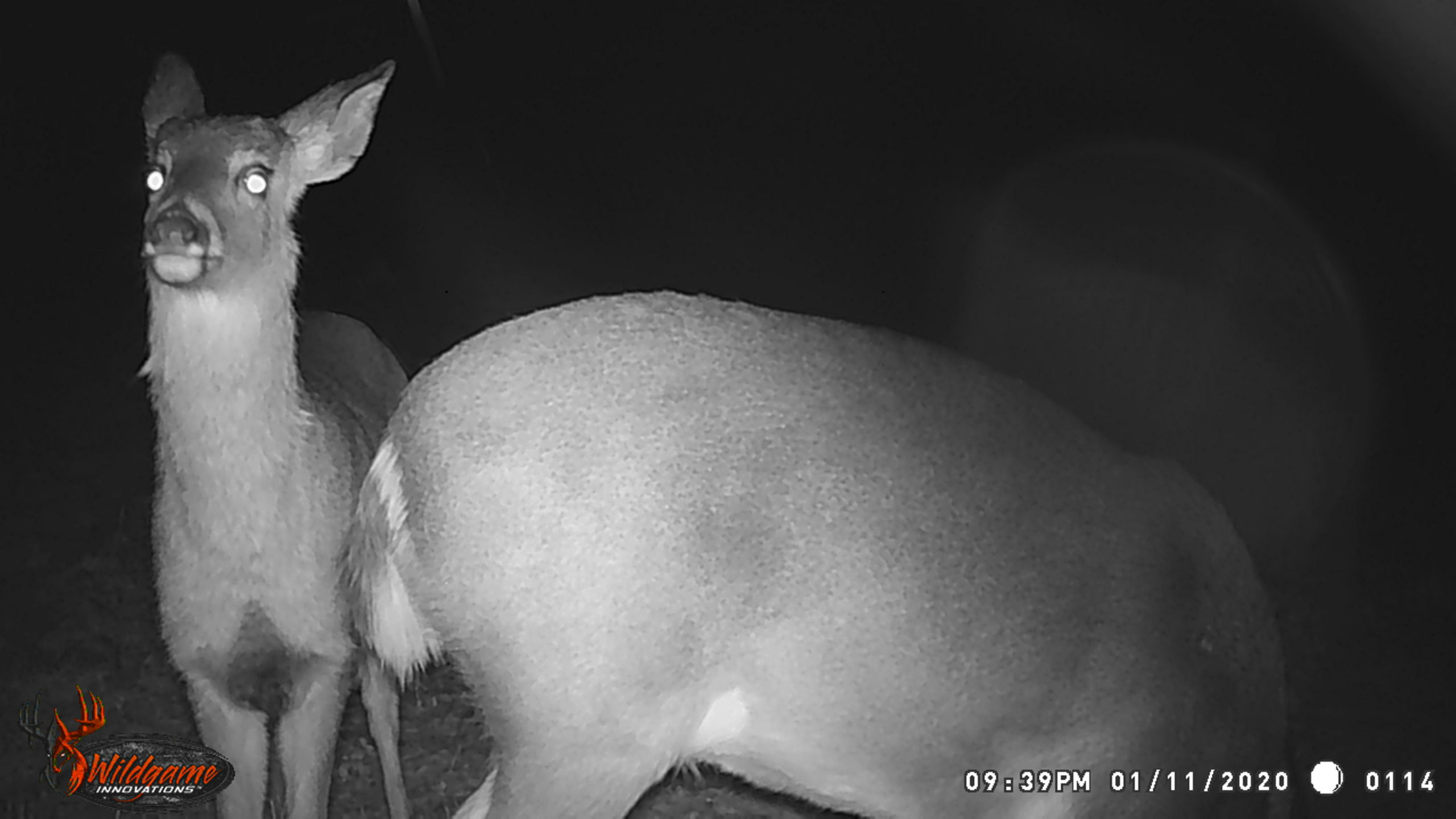
Travis Smola
If possible, you should always use a trail camera to keep tabs on the deer in your area. Keep a close eye on the number of doe photos to buck photos. Once again, this can indicate whether you have too many does or not. If you're only getting one or two buck photos per card pull, it might be time to apply for more antlerless permits.
In the late winter, I like to place multiple cameras on food sources. I've had as many as six on a single large field before just to ensure I don't miss any animals coming or going. You'd be surprised how talented some bucks are at avoiding cameras. As the snow falls, the animals let their guard down more to leave their security cover and fill their bellies during the hardest part of the year. If you're not getting buck photos during these periods, that may be a sign of concern that you need to modify your habitat management strategy.
It's also worth noting if you're only getting photos of smaller bucks. This could be an indication of many things. If the hunting pressure nearby is high, it might mean most of the mature bucks have been harvested. However, I tend to believe that most of the time, it's because something has changed, either on your own property or the neighbor's. Now you need to piece together the clues to figure out what's going on.
For instance, did the neighboring property change hands recently? You might not realize that hunting pressure (or a lack thereof) could cause deer to shift their patterns. If a property suddenly has no hunters, the mature bucks might start seeing it as a brand-new sanctuary. Set up cameras along trails near the property lines to help determine if there are more animals coming or going from the neighbor's land.
Sometimes, it's the opposite effect. In my hunting area, one of the neighboring properties used to be totally off limits to hunters. That place would attract and hold deer all during firearms season. That meant we could set up some great ambush points along the trails leading to it. Once the property sold, someone started hunting it and the sanctuary was no more. Something like this won't always shift deer patterns, but your trail cameras will help to confirm it.
If you want to lessen your impact on your hunting area to near zero, consider a cellular trail camera. If you can attach a solar power source, you can effectively monitor your area all year-round without ever stepping foot in it. As a result, the deer will be much more comfortable there.
How to get deer on your property
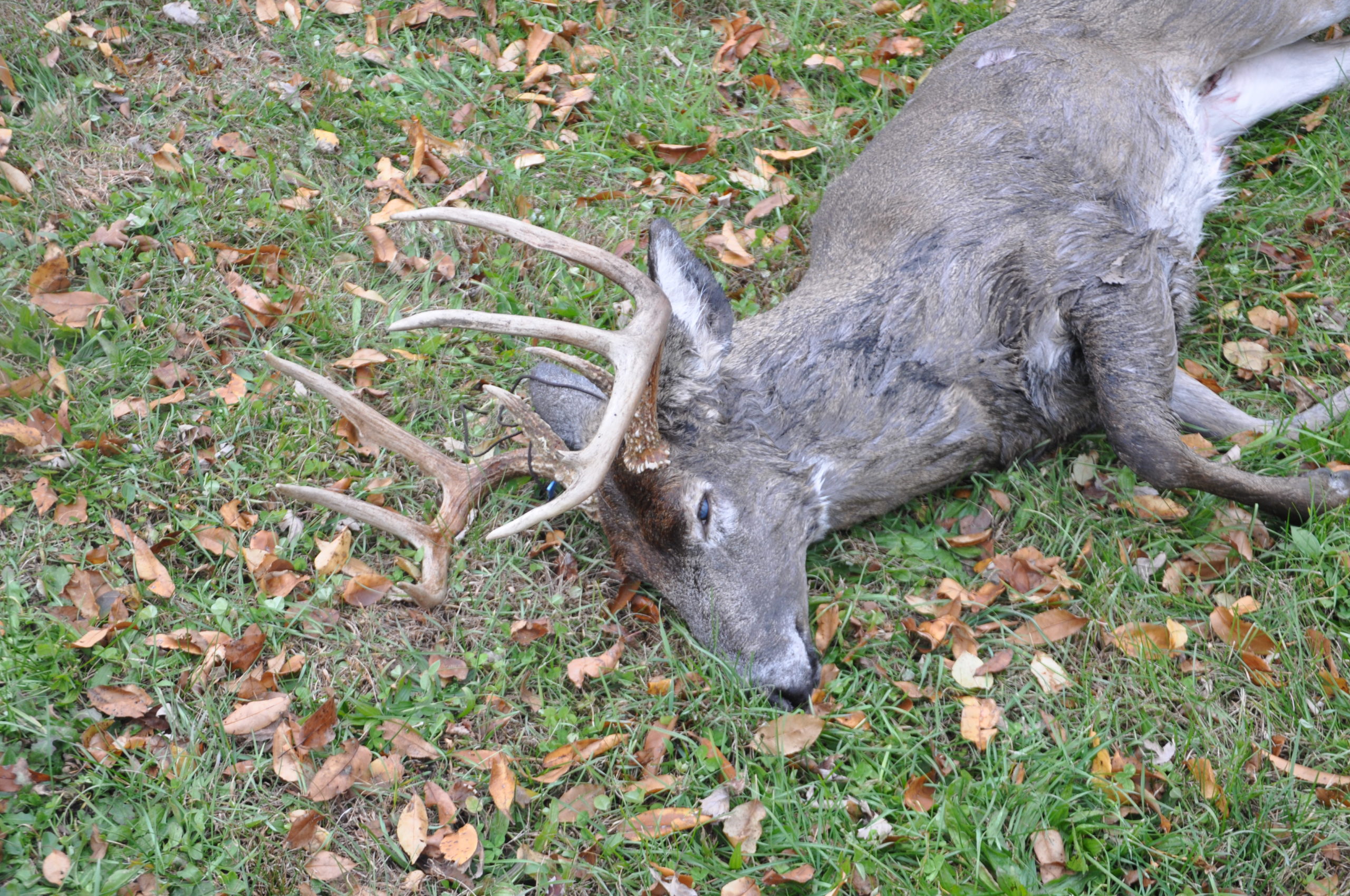
Travis Smola
Assuming your assessment of the sign and trail cameras is showing a serious lack of deer, you may be wondering how you can get them back. First, look at the type of deer habitat your property provides. Are there adequate food and water sources? If not, you'd best start looking into planting deer food like clover, chicory, persimmon or brassica to give the necessary nutrition the animals are looking for.
Does your property have enough thick cover? Too many bare, open areas can make an area unattractive to deer, especially big bucks. Those mature bucks rarely like to break cover. A serious lack of cover can be addressed easily by planting switchgrass or other types of plant cover. Is your area lacking conifers? Try planning some in clusters to create artificial thermal bedding areas. Granted, this is a long-term plan, but it can really pay off in the long run.
In the wooded areas of your property, try hinge cutting with a chainsaw to modify the travel corridors of the animals in your favor. For instance, let's say you've got a treestand in a good spot, but it seems like every animal passes out of range. Strategic hinge cutting can modify the path of the animals to within archery range.
How to hold deer on your property
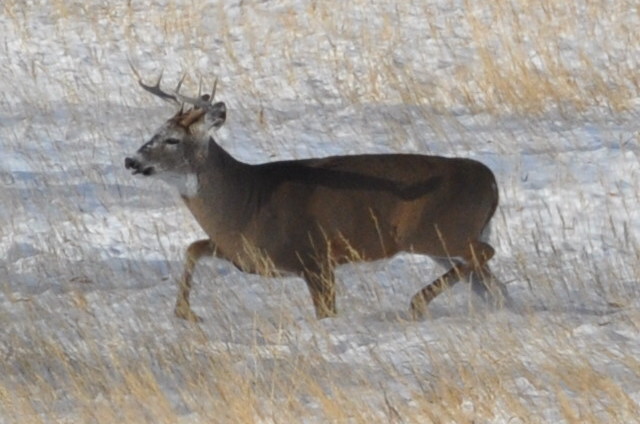
Travis Smola
Once you have the deer in your area, the challenge is in keeping them there. Many of the things we just discussed are a great way to also hold these animals in your area. However, there is another factor that contributes heavily into increasing and keeping deer on your land. That's simply human presence. If you're out back riding your ATV or snowmobile through the food plots every single day, there is a chance you'll be scaring some of the larger and smarter bucks off the property.
During the summer, when I'm assessing the deer on the property with my trail cameras, I only check them once a month or even a month and a half at the most. It's hard to do, but that's just to keep my impact at an absolute minimum. Do what you must for habitat improvements and property maintenance, but don't spend every waking moment out there. I've heard many complaints from hunters about the numbers of deer they see, but they also spend all summer riding dirtbikes and holding bonfires back there! Your property can be a haven for deer or a haven for humans. Unfortunately, sometimes you just can't have both.
Many mature bucks become homebodies the older they get. They find an area of sanctuary they like, and they return to it repeatedly. Your management plan should be focused on making your property the best sanctuary it can be. If you do that, not only will you have more deer on your property, but you'll have better quality deer too.
As you can see, figuring out if your property has too many or too few deer is only one part of the equation. It's the beginning of the detective work, but this is what makes the best hunters so successful, that they're willing to put in the work and make the changes to improve the hunting on their property. By starting right now with a survey of the deer on your property, you're already well on your way to your best hunting season yet.
For shooting accessories, visit walmart.com.
For more outdoor content from Travis Smola, be sure to follow him on Twitter and check out his YouTube channel.
NEXT: WHAT EVERYONE NEEDS TO KNOW ABOUT HUNTING ACCORDING TO THE EICHLERS
WATCH
